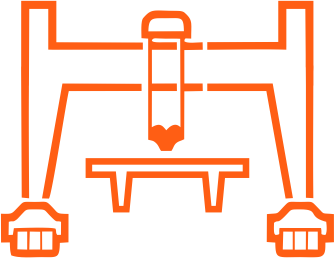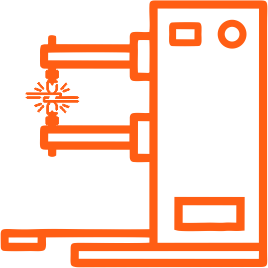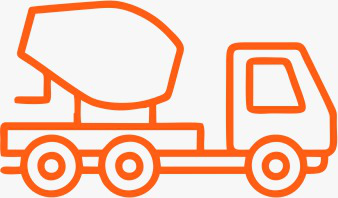uPVC Production Line
Request a quote today and let our team provide you with the pricing for a comprehensive solution for your specific needs
Overview
Gondal Group of Industries launched uPVC production lines for the first time in Pakistan in 2015 and redesigned the existing system with an innovative approach to ensure optimum, efficient, and structurally stable uPVC roofing sheets and wall claddings. By using cutting-edge technologies, instant materials delivery mechanism, and rapid installation processes, we are able to adapt to the changing and challenging demands of the market.
Our UPVC sheet production facility is located in the eastern region of Gondal Group of Industries. It covers an area of 11,600 m² and has an annual production capacity of 5,000 tons of uPVC sheets. We use state of the art advanced extrusion and auxiliary machines to produce high-quality uPVC sheets in various thicknesses, colors, and finishes. We adhere to the ISO certifications for quality management system and comply with all the relevant environmental regulations. We also recycle our waste materials and use renewable energy sources to minimize the carbon footprint.
We are proud to offer our UPVC sheets that are suitable for a wide range of applications. Our UPVC sheets are durable, flexible, easy to install, and cost-effective. We have been serving our customers for over 34 years and have received many positive feedbacks and recognitions for our products and services.
A facility producing UPVC roofing sheets can be explained as follows:
- Different uPVC roofing sheet production lines that consist of a mixer, an extruder, a die, a calibrator, a haul-off, a cutter, and a stacker produce uPVC roofing sheets of different widths, thicknesses, colors, and shapes.
- The facility mixes the raw materials of uPVC resin and other additives, such as stabilizers, lubricants, fillers, pigments, etc. in a mixer. The raw materials are selected and proportioned according to the product requirements and specifications.
- Mixed raw materials feed into an Extruder, where they are heated and blended into a homogeneous plastic blend. The extruder can be single-screw or twin-screw, depending on the output and quality of the product. The extruder also co-extrude different layers of materials, such as ASA, to enhance the weather resistance and appearance of the UPVC roofing sheets.
- The blend plastic extrudes through a Die, which shapes the blend into a required profile of the desired width and thickness. The die can be T-die or Coat-Hanger die, depending on the product shape and quality. The die can also adjust the thickness and width of the sheet by changing the gap and width of the die lips.
- In the Calendaring process, the extruded sheet or film is passed between three heated rollers that apply heat and pressure to the PVC. The rollers control the thickness, width, surface texture, and gloss of the final product.
- The extruded sheet calibrates in a Calibrator, which cools and solidifies the sheet while maintaining its shape and dimensions. The calibrator can be vacuum calibrator or water calibrator, depending on the product quality and cooling efficiency.
- Specially designed Haul-off pulls the calibrated sheet, which transports the sheet at a constant speed and tension. The haul-off can be roller type or caterpillar type, depending on the product shape and traction force. The haul-off also synchronize with the extruder and cutter to ensure the product length and quality.
- Cutter is used to cut the hauled-off sheet into the required length and width. The cutter can be guillotine type or saw type, depending on the product shape and cutting accuracy. The cutter is integrated with high tech dust collector to collect the waste edges and recycle them afterwards for reuse.
The facility stacks the cut sheets by a Stacker neatly and orderly for packaging and transportation.






